Moderna Plus – Língua Inglesa
Ricardo Luiz Teixeira de Almeida
Código da Coleção: 0164P21093
Material de divulgação. Versão sujeita a avaliação.
Proposta pedagógica
- ‘A obra da Editora Moderna, contemplada pelo PNLD 2021, privilegia a compreensão e a produção de textos orais, escritos e visuais de gêneros discursivos diversos.
- Valoriza o papel ativo dos estudantes no processo educativo.
- Motiva a reflexão sobre os usos da língua inglesa em diferentes contextos.
- Possibilita a ampliação das próprias vivências por meio do contato com diferentes formas de ver o mundo.
- Favorecem a consolidação de posicionamentos críticos em relação aos temas discutidos.
- ‘Moderna Plus – Língua Inglesa’ aborda a língua inglesa a partir da realidade dos jovens do Ensino Médio, com destaque para o mundo digital.
Código do Obra: 0164P21093130

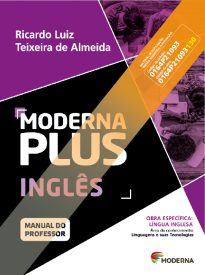
Conteúdo programático
Unit 0
Hands-on – p. 12
Inglês em seu dia a dia – p. 13
Você já sabe – p. 14
Teste seus conhecimentos – p. 15
Saiba + – p. 17
“Professor/a, o que é pra fazer?” – p. 18
Unit 1
Interacting – p. 20
Discourse genre: note.
Theme: social interaction in everyday life.
First of all – p. 21
Inside the language – p. 27
Grammatical synthesis – p. 29
Subject pronouns and possessive adjectives – p. 29
Present simple – Verb to be – p. 29
Imperative – p. 29
Writing – p. 30
Your turn – p. 31
Unit 2
When I feel like I already know that – p. 32
Discourse genre: study hacks video.
Theme: education and study.
First of all – p. 33
Inside the language – p. 39
Grammatical synthesis – p. 41
Present simple – p. 41
Noun phrases – p. 41
Speaking – p. 42
Your turn – p. 43
Practicing the language. 1 – p. 44
Unit 3
Laugh and think about technology – p. 46
Discourse genre: meme.
Theme: technology in the contemporary world.
First of all – p. 47
Inside the text – p. 50
Inside the language – p. 53
Grammatical synthesis – p. 55
Present continuous – p. 55
Present simple: negative and interrogative forms – p. 55
Adverbs of frequency – p. 55
Writing – p. 56
Your turn – p. 57
Unit 4
Young black lives matter – p. 58
Discourse genre: dialogue scene between classmates.
Theme: the prominence and leadership of black youth.
First of all – p. 59
Time to listen – p. 60
Inside the language – p. 65
Grammatical synthesis – p. 67
Prepositions of time – p. 67
Genitive case or possessive case – p. 67
Short answers (present simple) – p. 67
Speaking – p. 68
Your turn – p. 69
Practicing the language 2 – p. 70
Unit 5
Reduce, reuse, recycle – p. 72
Discourse genre: infographic.
Theme: natural resources, waste management and the environment.
First of all – p. 73
Inside the text – p. 76
Grammatical synthesis – p. 80
Plural nouns – p. 80
Articles – p. 81
Comparative and superlative forms of adjectives – p. 81
Writing – p. 82
Your turn – p. 83
Unit 6
A woman ́s place is where she wants to be – p. 84
Discourse genre: report.
Theme: the role of women in society.
First of all – p. 85
Inside the text – p. 87
Inside the language – p. 91
Grammatical synthesis – p. 93
There is/There are – p. 93
Comparative and superlative forms of irregular adjectives – p. 93
Modal verb can – p. 93
Speaking – p. 94
Your turn – p. 95
Practicing the language 3 – p. 96
Unit 7
Eat well, feel good – p. 98
Discourse genre: brochure.
Theme: food, health and society.
First of all – p. 99
Time to read – p. 100
Inside the text – p. 102
Inside the language – p. 105
Grammatical synthesis – p. 107
Countable and uncountable nouns – p. 107
Partitives – p. 107
Quantifiers – p. 107
Writing – p. 108
Your turn – p. 109
Unit 8
A better place to live – p. 110
Discourse genre: news story.
Theme: improving the place where we live.
First of all – p. 111
Time to listen – p. 112
Inside the language – p. 117
Grammatical synthesis – p. 119
Past simple – Regular verbs – p. 119
Past simple – Verb to be – p. 119
Short answers with the verb to be in the past simple – p. 119
Linking words (Connectors) – p. 119
Speaking – p. 120
Your turn – p. 121
Practicing the language 4 – p. 122
Unit 9
Find your voice, change the world – p. 124
Discourse genre: feature article.
Theme: arts festivals and cultural activism.
First of all – p. 125
Time to read – p. 126
Inside the language – p. 131
Grammatical synthesis – p. 132
Past simple: negative and interrogative forms – p. 132
Short answers (past simple) – p. 133
Adjectives related to emotions – p. 133
Adjectives + prepositions – p. 133
Writing – p. 134
Your turn – p. 135
Unit 10
We are all humans, we all have the same rights – p. 136
Discourse genre: podcast episode.
Theme: human rights.
First of all – p. 137
Time to listen – p. 138
Inside the language – p. 143
Grammatical synthesis – p. 145
Past simple – Irregular verbs – p. 145
Have to – p. 145
Adverbs of manner – p. 145
Speaking – p. 146
Your turn – p. 147
Practicing the language 5 – p. 148
Unit 11
Life in possible futures – p. 150
Discourse genre: science news article.
Theme: life in the future.
First of all – p. 151
Time to read – p. 152
Inside the language – p. 157
Grammatical synthesis – p. 159
Future simple – p. 159
Making requests and invitations – p. 159
Future with going to – p. 159
Predictions with will vs. predictions with going to – p. 159
Writing – p. 160
Your turn – p. 161
Unit 12
The art of feeling the words – p. 162
Discourse genre: flash fiction.
Theme: the literary world.
First of all – p. 163
Time to listen – p. 164
Inside the language – p. 169
Grammatical synthesis – p. 171
Past continuous – p. 171
There was/There were – p. 171
Giving directions – p. 171
Speaking – p. 172
Your turn – p. 173
Practicing the language 6 – p. 174
Unit 13
Education forall – p. 176
Discourse genre: school rules and regulations.
Theme: education.
First of all – p. 177
Time to read – p. 178
Inside the text – p. 180
Inside the language – p. 183
Grammatical synthesis – p. 185
Zero conditional – p. 185
First conditional – p. 185
Modal verbs must and may not – p. 185
Writing – p. 186
Your turn – p. 187
Unit 14
Take care of your health and protect others – p. 188
Discourse genre: interview.
Theme: preventing the spread of diseases.
First of all – p. 189
Time to listen – p. 190
Inside the language – p. 195
Grammatical synthesis – p. 197
Modal verbs can, could, may, might and should – p. 197
Speaking – p. 198
Your turn – p. 199
Practicing the language 7 – p. 200
Unit 15
Would you like to be treated that way? – p. 202
Discourse genre: personal account.
Theme: bullying, empathy and solidarity.
First of all – p. 203
Time to read – p. 204
Inside the language – p. 209
Grammatical synthesis – p. 211
When and while – p. 211
Would like – p. 211
Writing – p. 212
Your turn – p. 213
Unit 16
Ordinary people, extraordinary lives – p. 214
Discourse genre: inspiring story.
Theme: inspirational life stories.
First of all – p. 215
Time to listen – p. 216
Inside the text – p. 217
Inside the language – p. 221
Grammatical synthesis – p. 223
Demonstratives – p. 223
Object pronouns – p. 223
Speaking – p. 224
Your turn – p. 225
Practicing the language 8 – p. 226
Unit 17
What are you going to do after finishing school? – p. 228
Discourse genre: motivation letter.
Theme: life plans. First of all.
Time to read – p. 230
Inside the language – p. 235
Grammatical synthesis – p. 237
Verb patterns: verbs followed by infinitive – p. 238
About the text – p. 238
Your turn – p. 239
Unit 18
The world of work – p. 240
Discourse genre: video résumé.
Theme: work in the contemporary world.
First of all – p. 241
Time to listen – p. 242
Inside the language – p. 247
Grammatical synthesis – p. 249
Verb patterns: verbs and phrases followed by -ing form and/or by infinitive – p. 249
Speaking – p. 250
About thetext – p. 250
Your turn – p. 251
Practicing the language 9 – p. 252
Apêndices – p. 254
Seu livro e a BNCC – p. 254
List of numbers – p. 261
List of irregular verbs – p. 262
Sugestões de referências complementares para pesquisa ou consulta – p. 265
Referências bibliográficas comentadas – p. 271
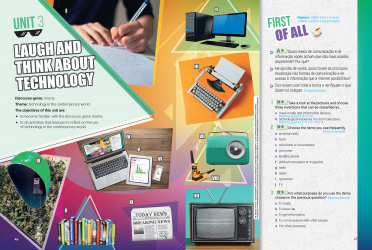
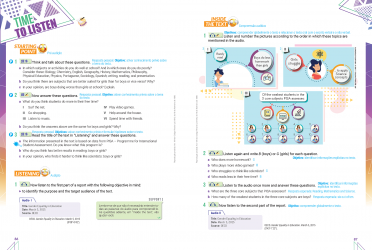

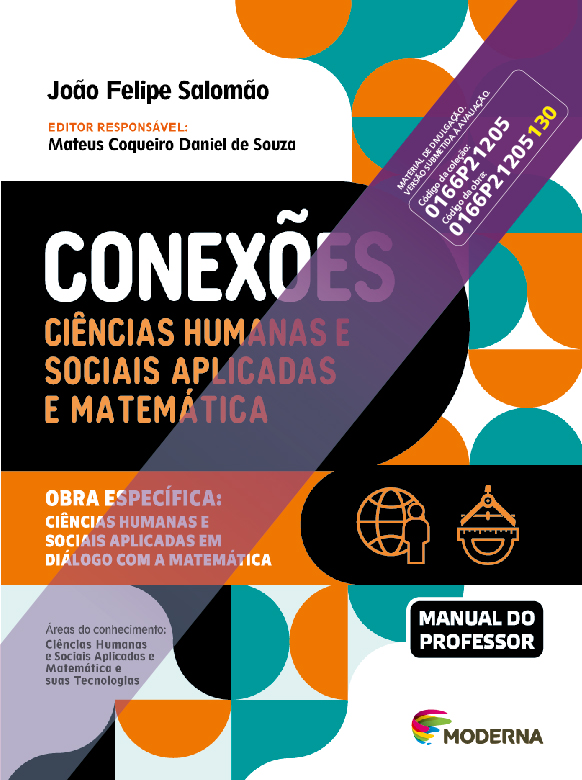
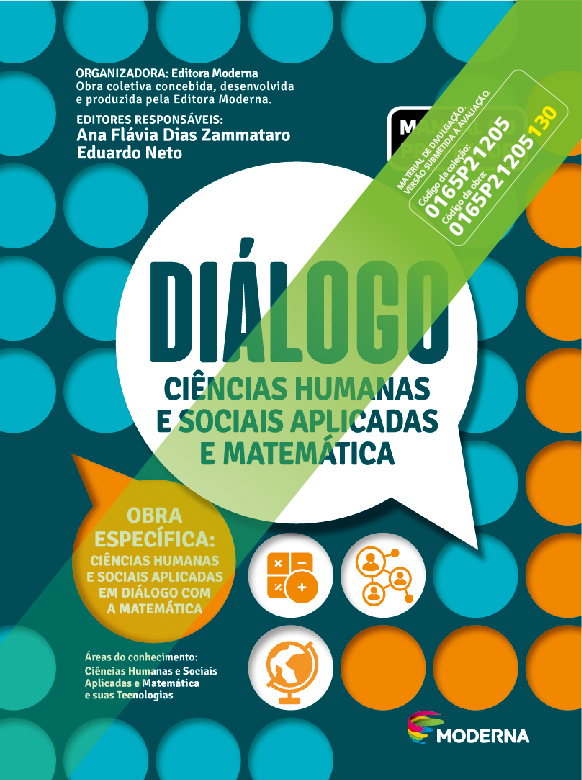
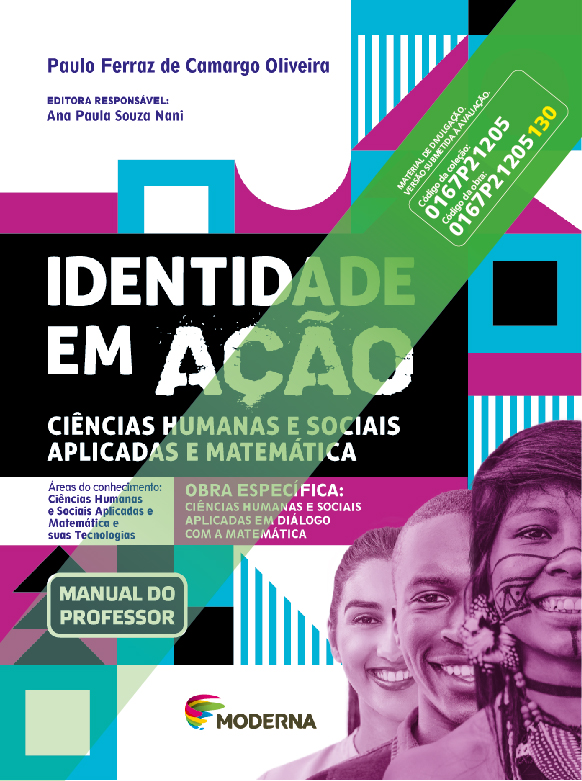
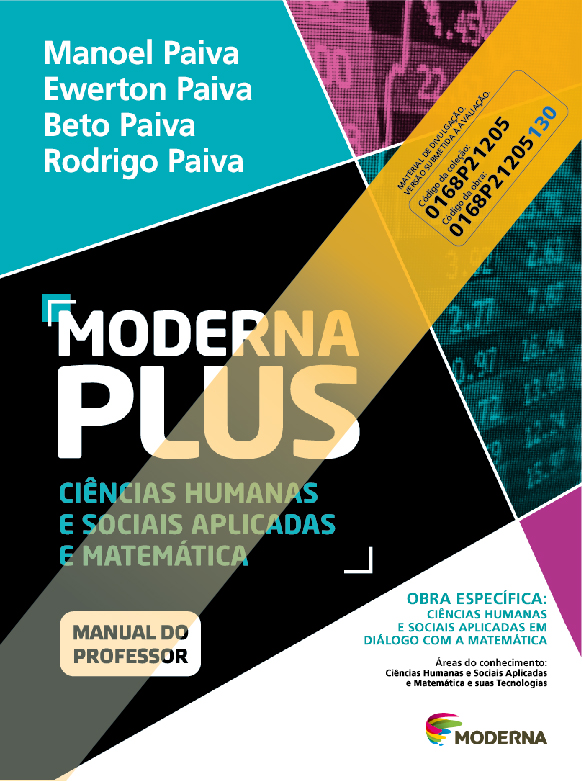
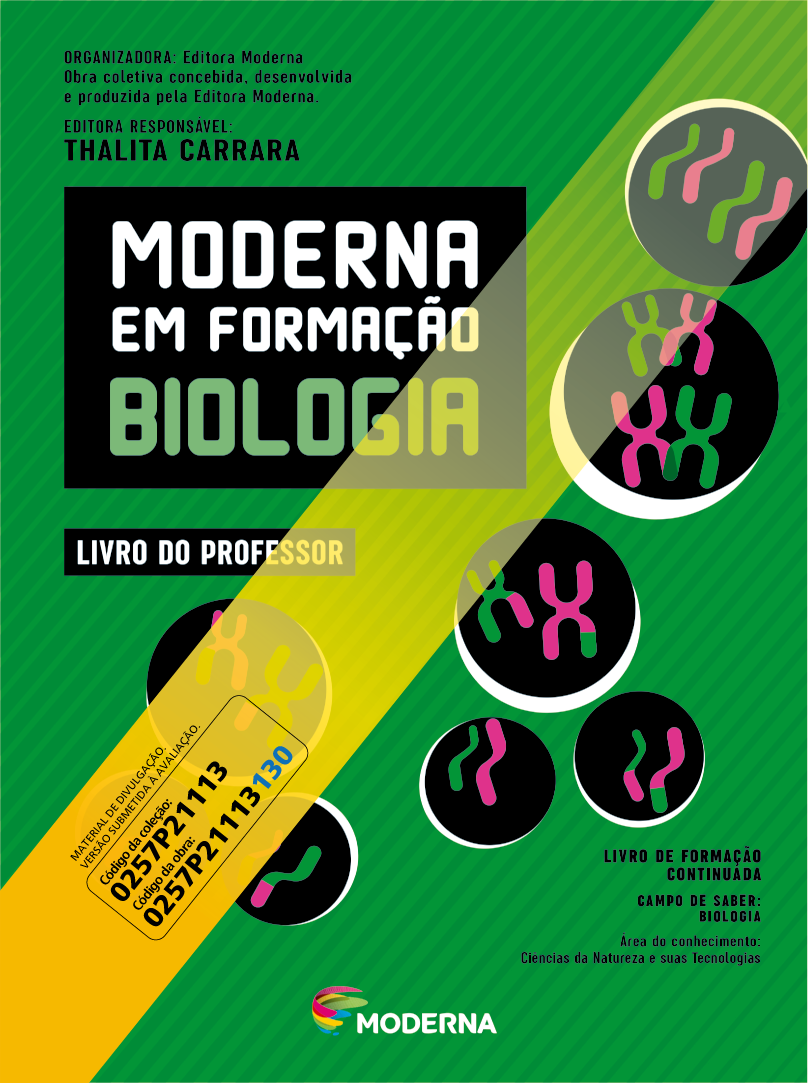
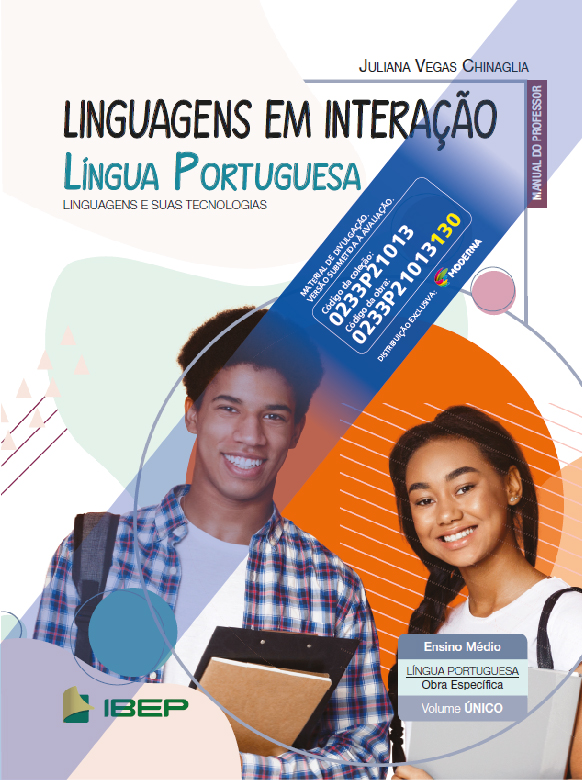
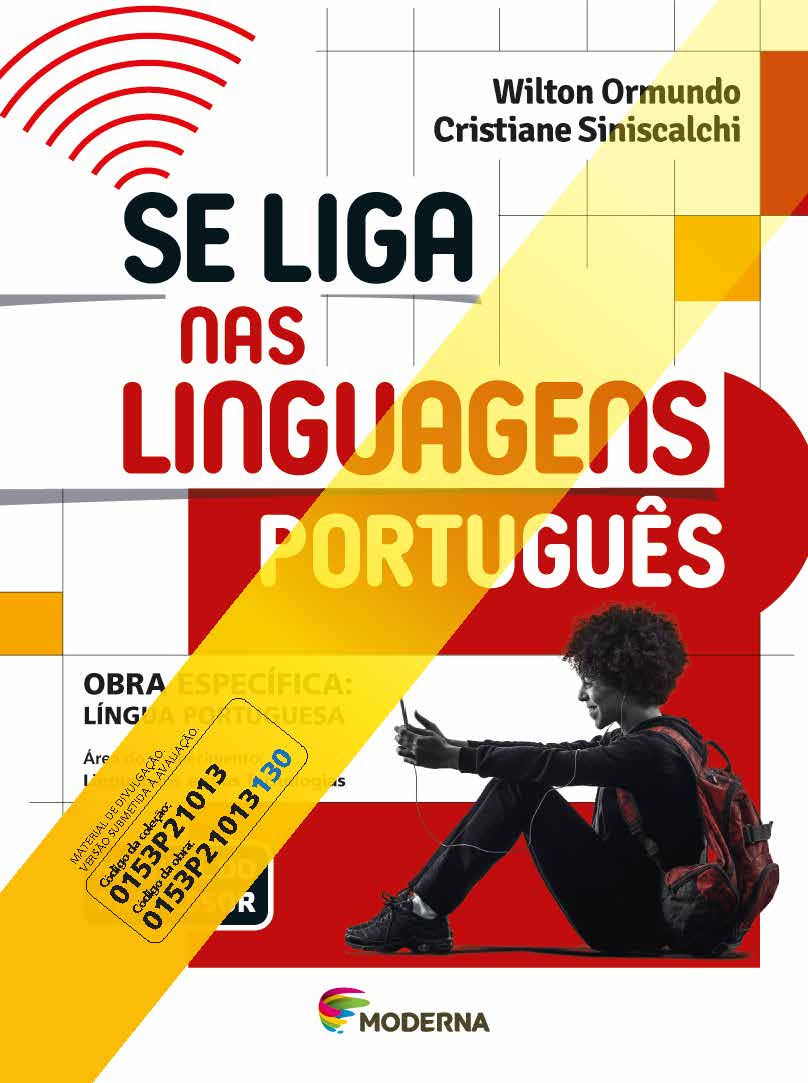
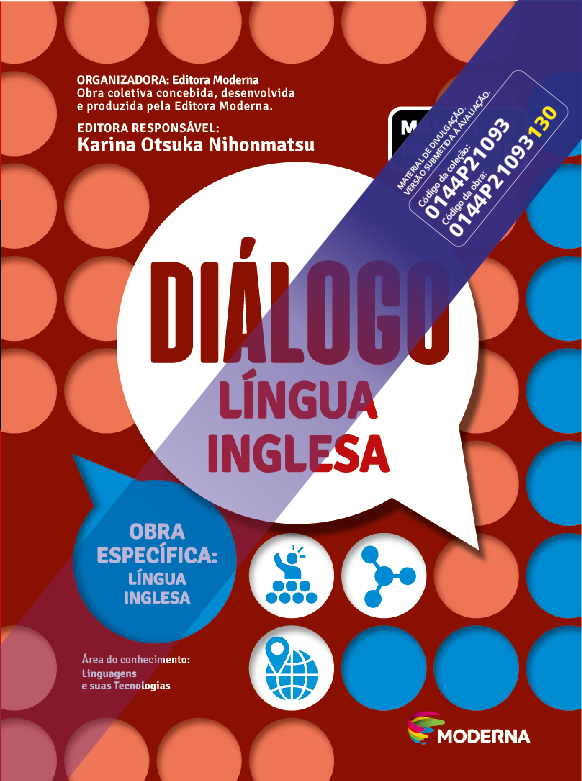
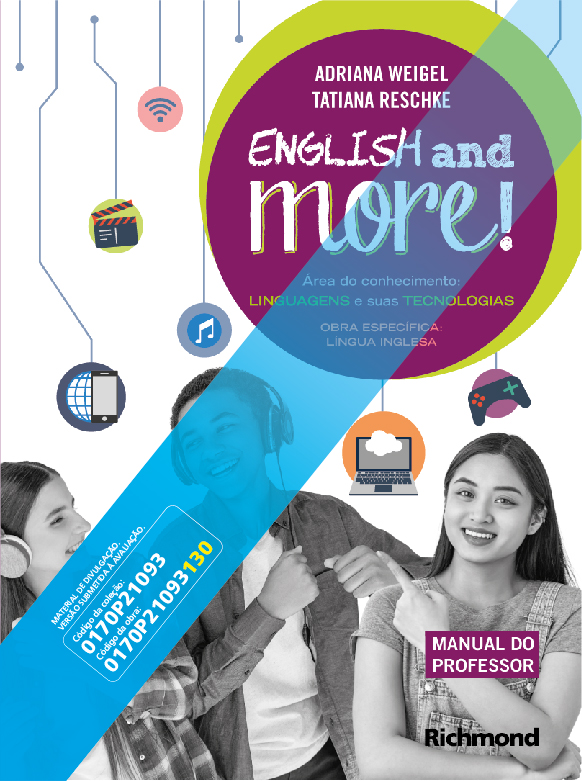
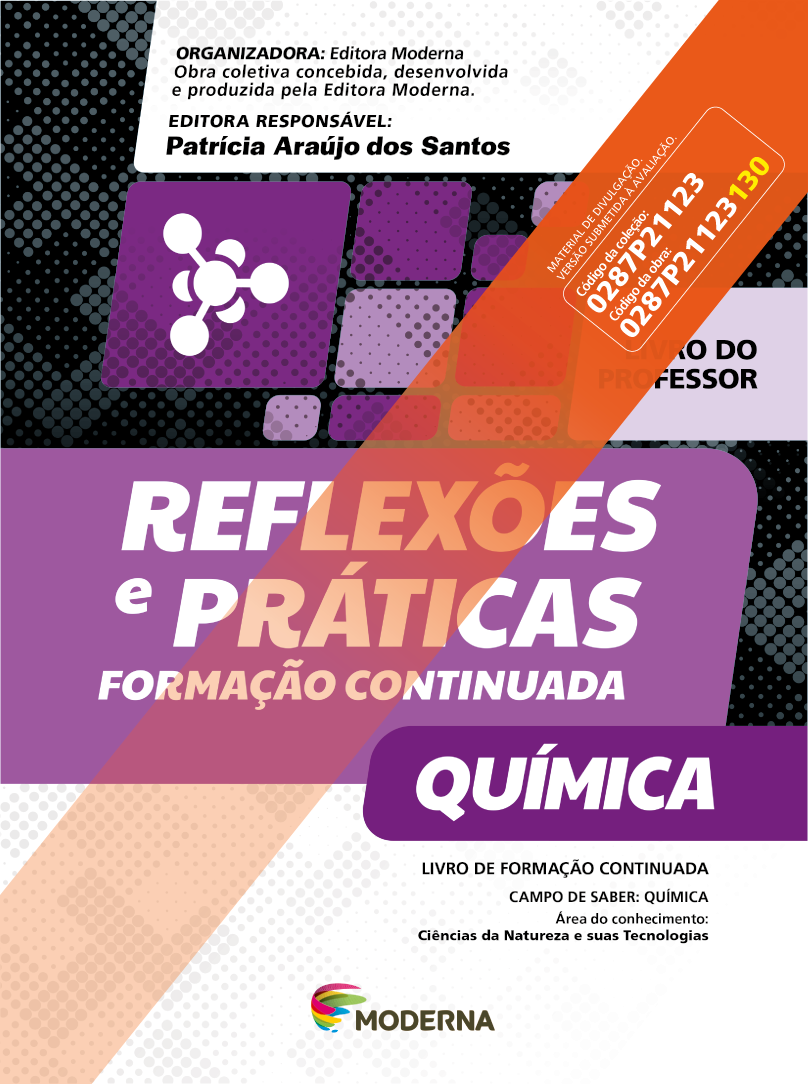
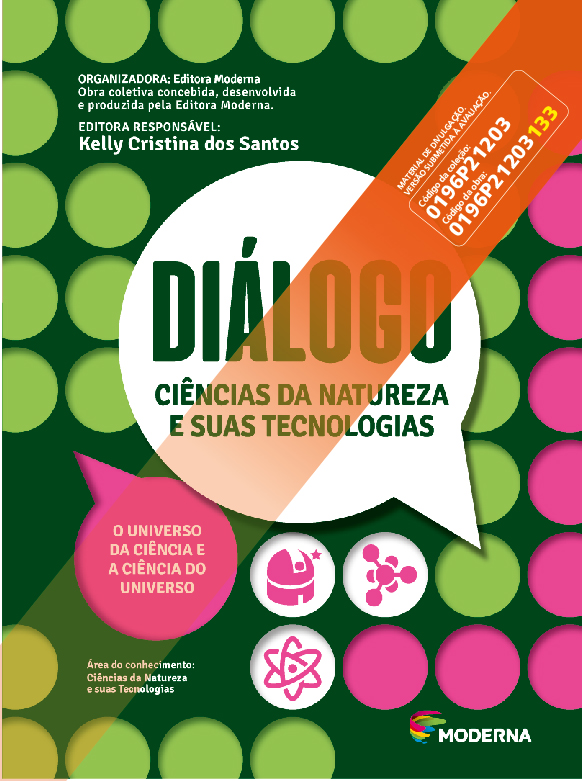

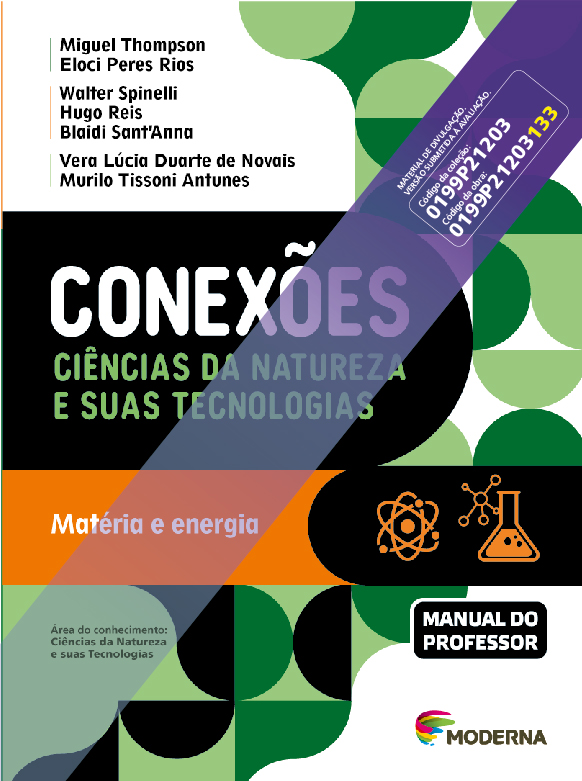
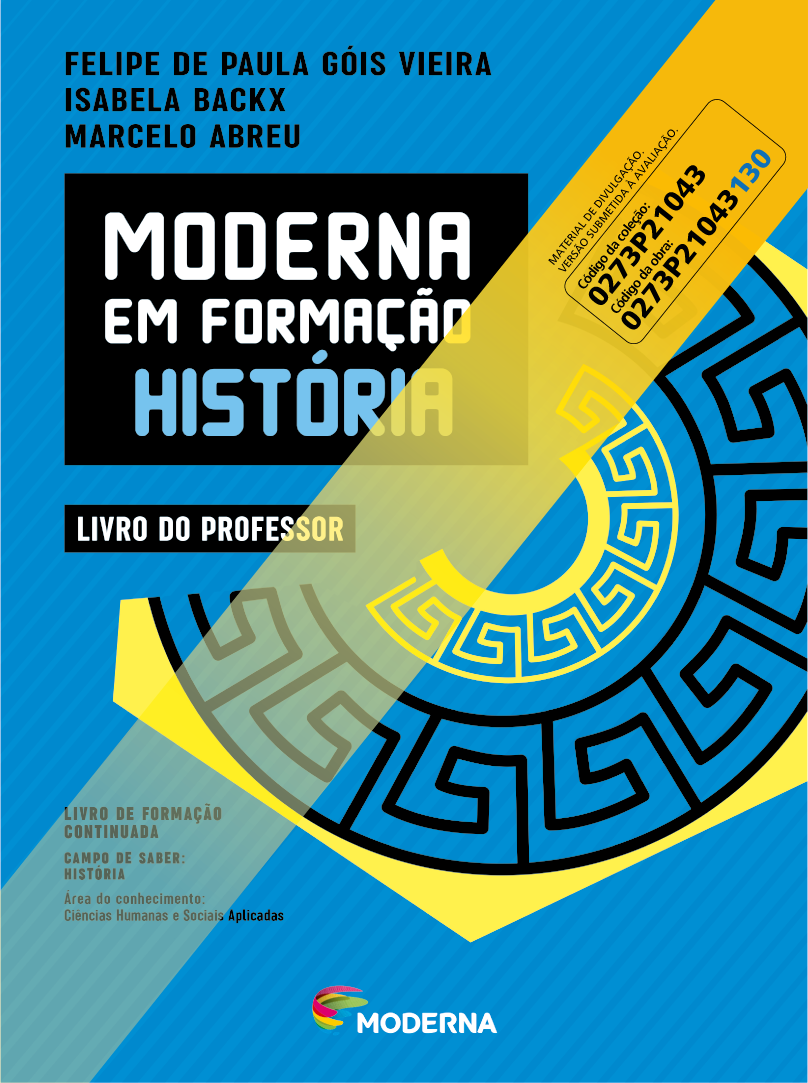
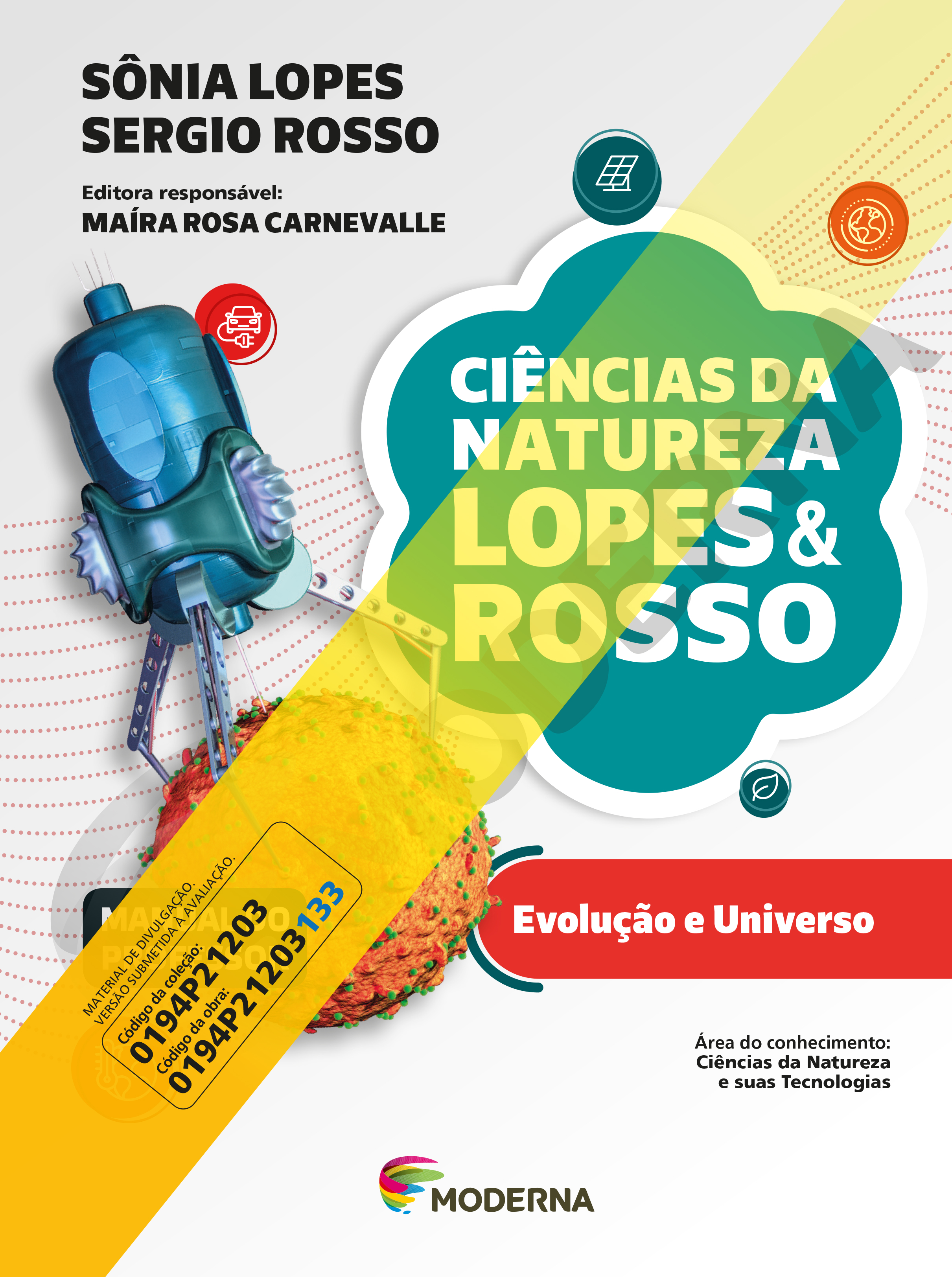
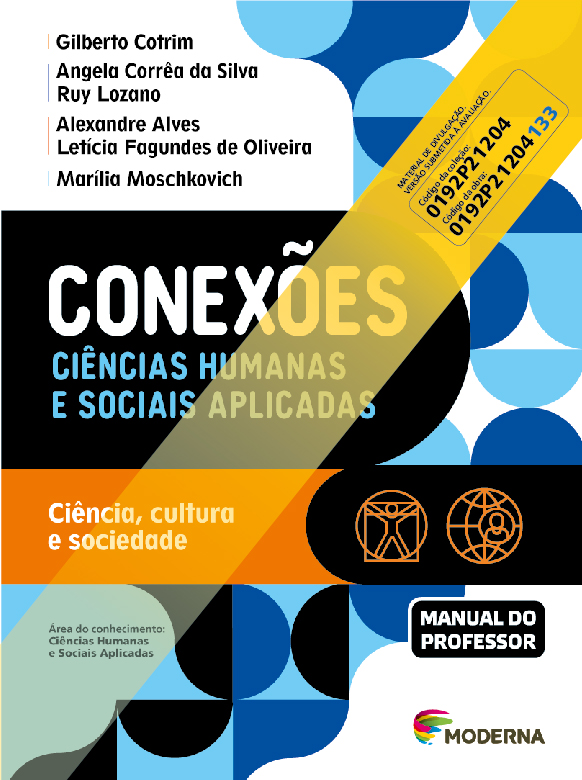

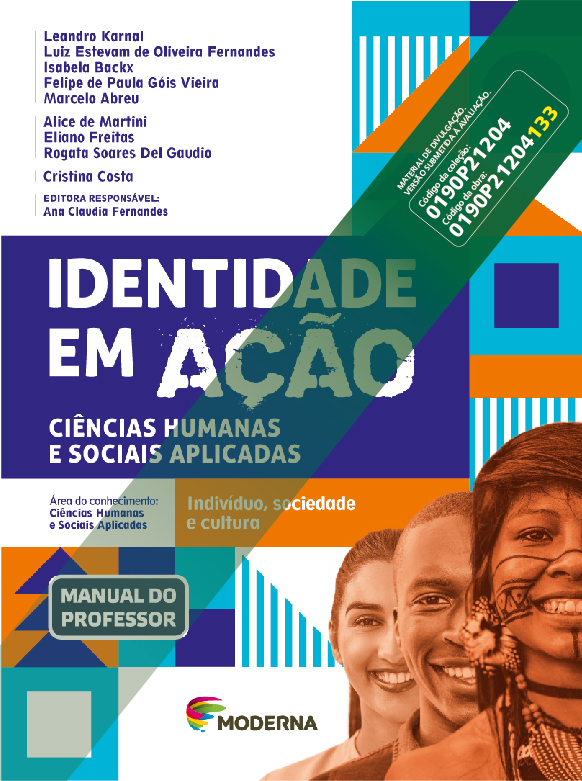
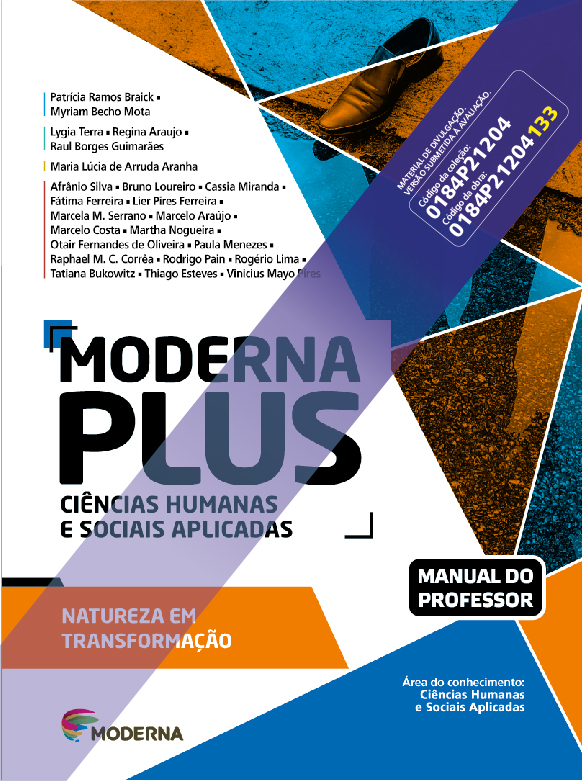
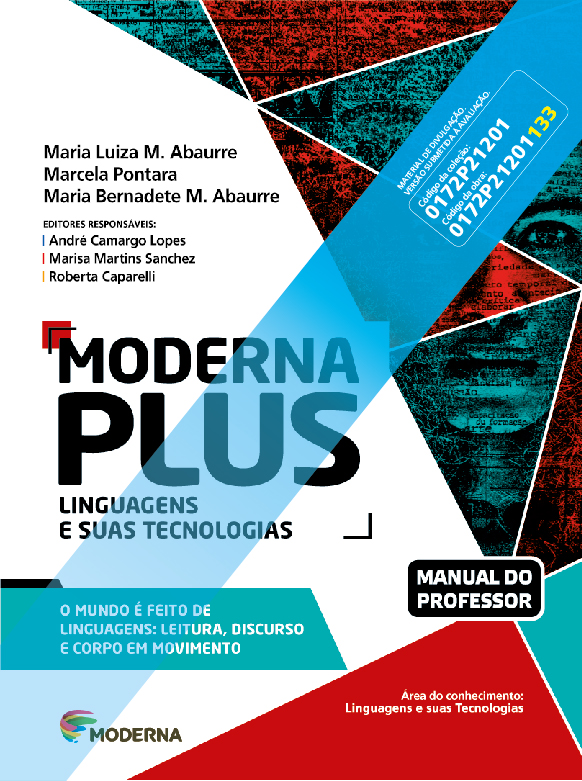
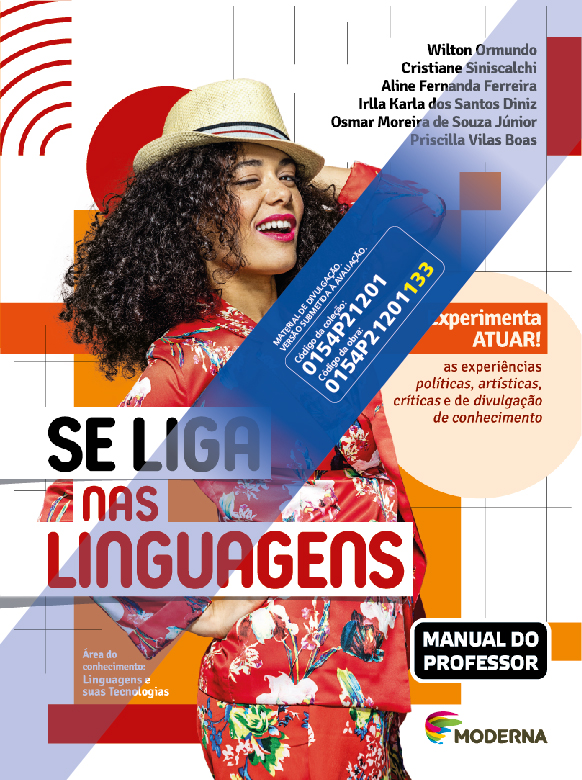
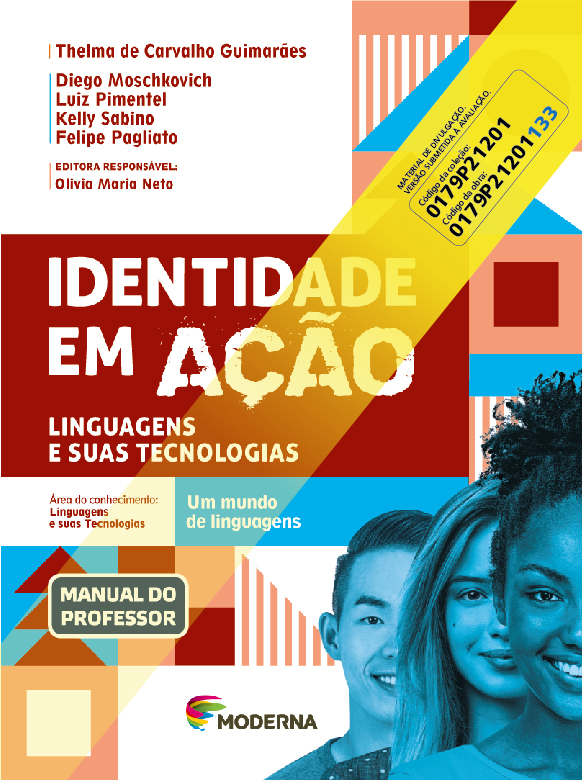
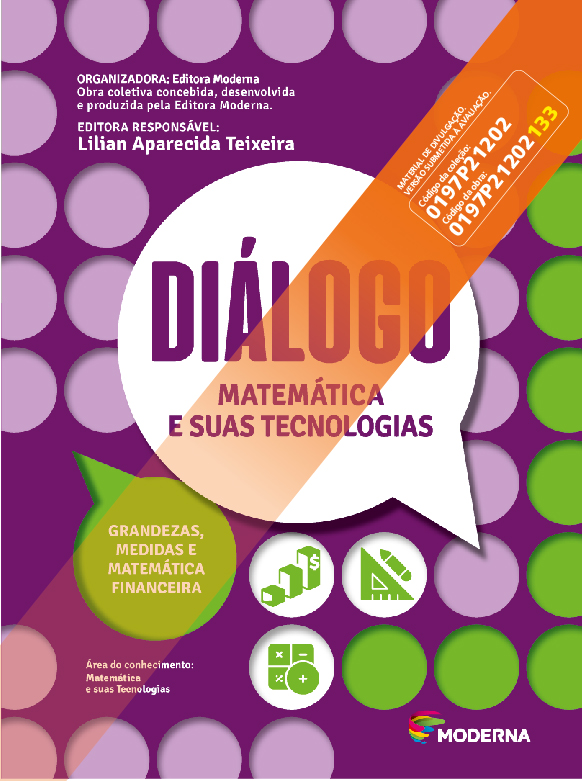
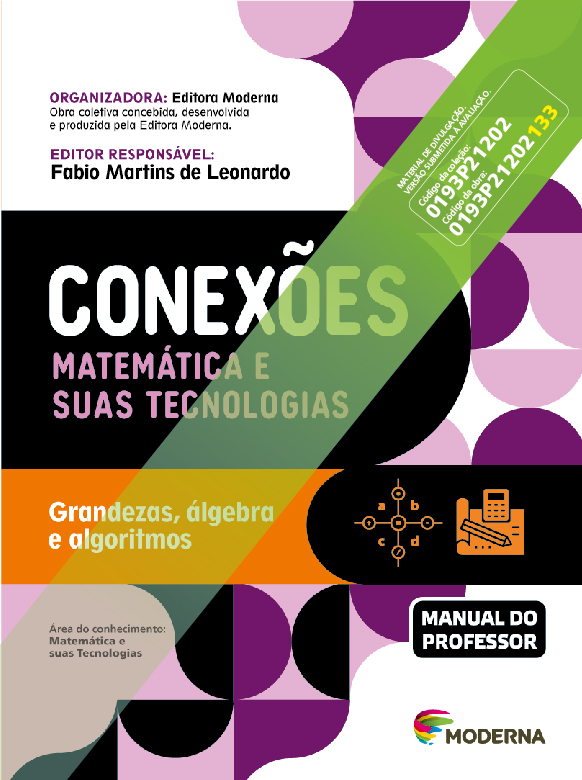
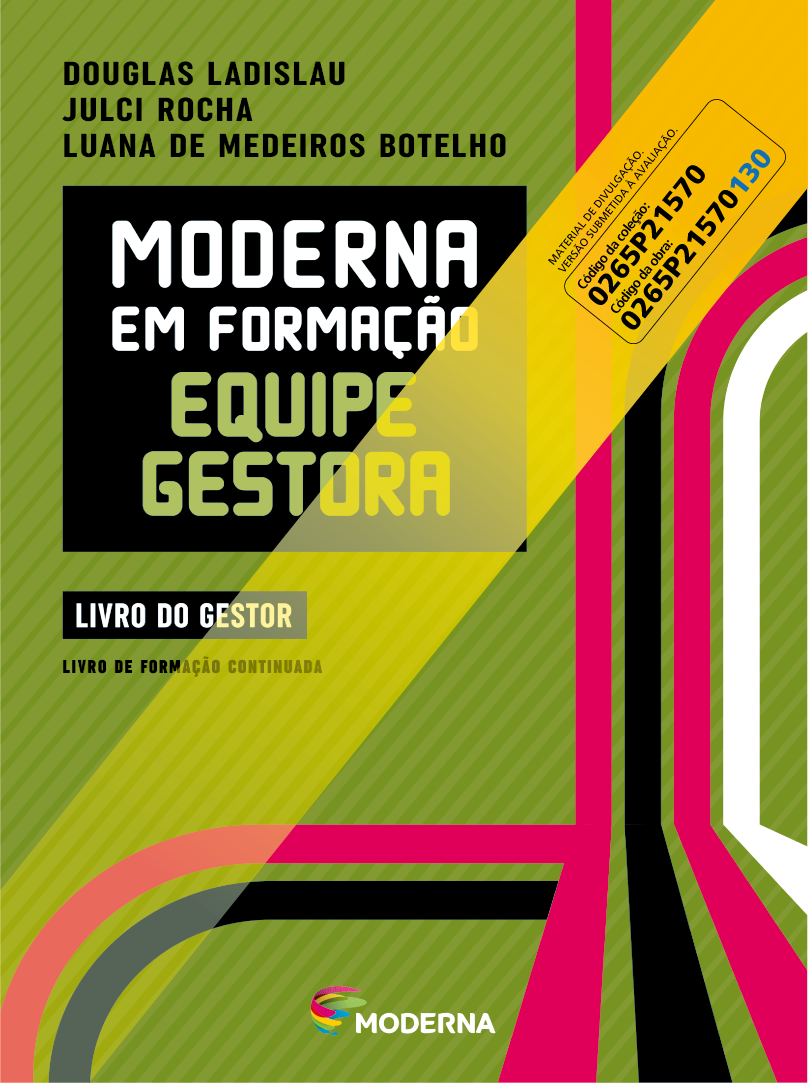







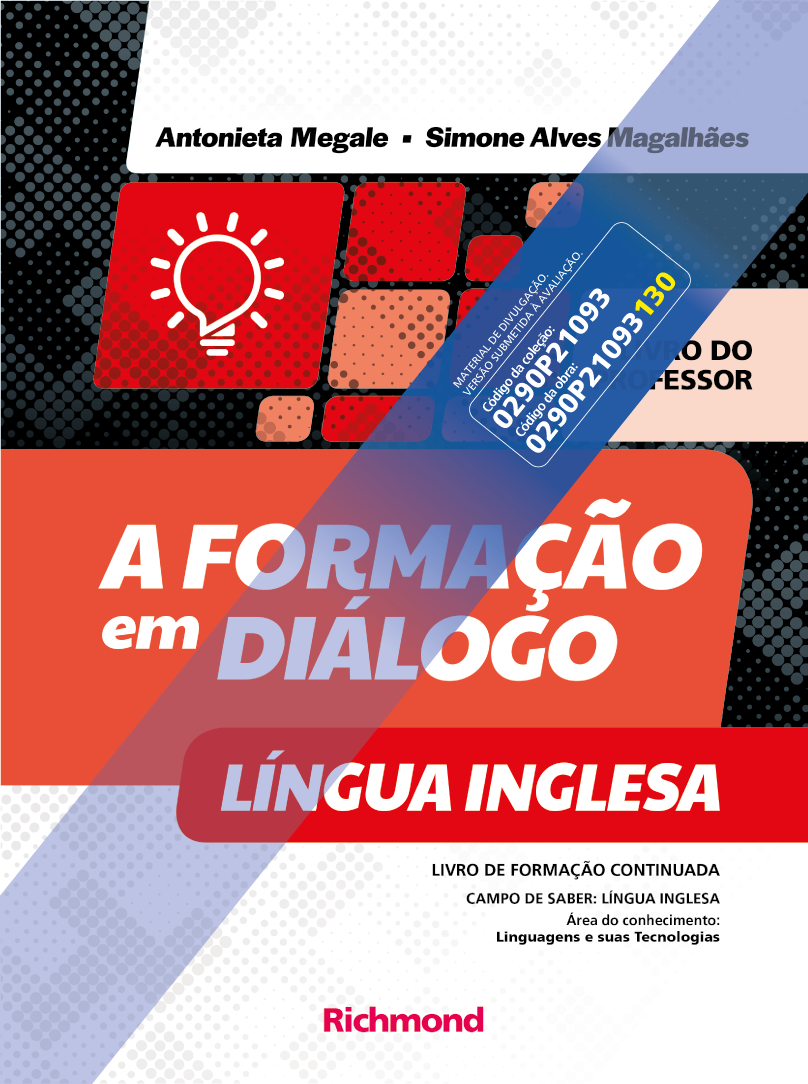


Compartilhar: